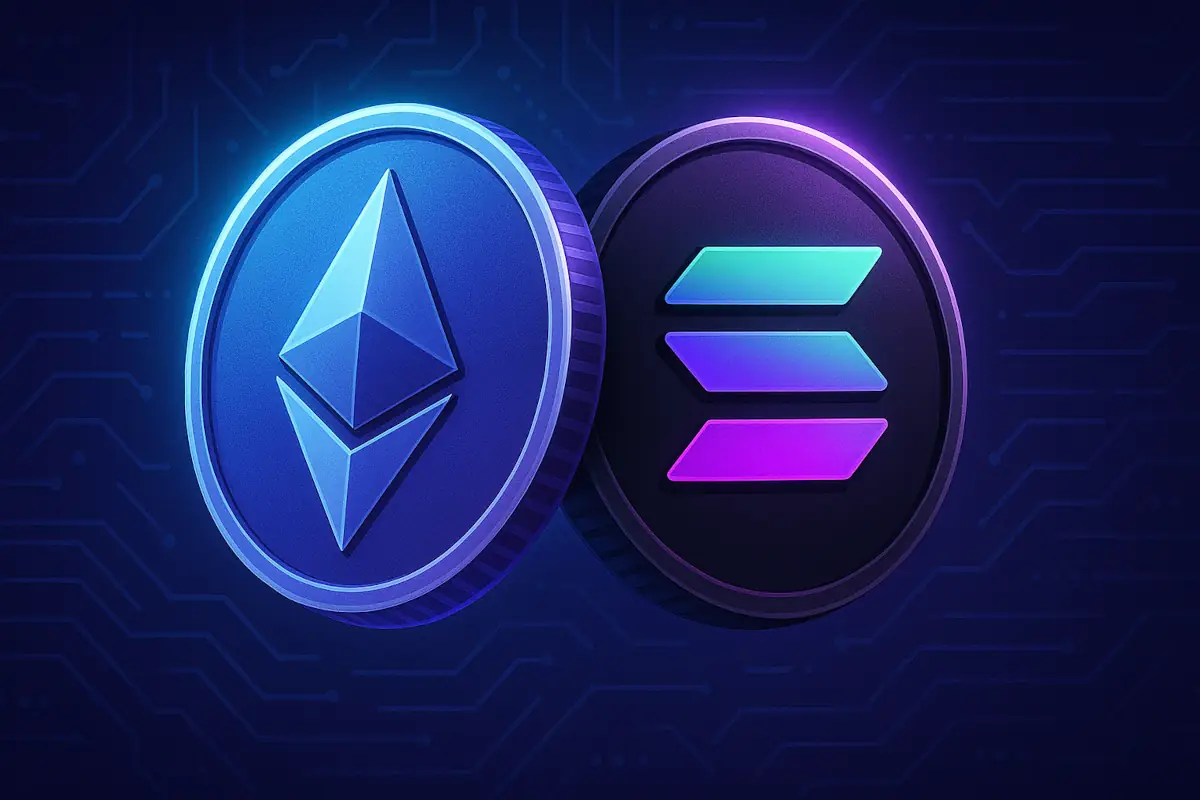The U.S. Securities and Exchange Commission has just given the green light to options trading on spot Ethereum ETFs. After much back-and-forth in the regulatory world, the SEC moved forward with what it called an “accelerated approval,” allowing options to be traded on major Ethereum ETFs, including iShares Ethereum Trust, Bitwise Ethereum ETF, and two Grayscale Ethereum products.
The approval follows months of growing interest from asset managers and investors who have been eager to broaden their exposure to Ethereum. The approval also echoes a similar pattern seen with Bitcoin ETFs, which had options added earlier this year.
Table of Contents
SEC Decision Opened the Gate
On Wednesday, the SEC signed off on Nasdaq ISE, LLC’s request to enable options trading on the iShares Ethereum Trust. Alongside that, NYSE American LLC received the nod to support options trading on three more Ethereum-linked funds: the Bitwise Ethereum ETF, Grayscale Ethereum Trust, and Grayscale Ethereum Mini Trust.
While the SEC’s language remained strictly legal, it made its position clear:
“The Commission finds that the proposed rule change, as modified by Amendment No. 2, is consistent with the requirements of the Act and the rules and regulations thereunder applicable to a national securities exchange and, in particular, the requirements of Section 6(b)(5) of the Act.”
Ethereum ETFs, particularly the spot versions, were first approved nearly a year ago and went live over the summer. Since then, the market has been waiting for the next piece of the puzzle – options trading – to fall into place. This week, that happened. It’s not just about allowing trading; it’s about enabling flexibility, control, and more dynamic investment strategies.
Read also: XRP just got its first-ever ETF in the US
What This Means for Traders and Investors?
With this approval, Ethereum ETFs are no longer just a buy-and-hold play. Options introduce a powerful layer of flexibility for investors, especially institutions. Rather than owning Ethereum outright, investors now have a way to speculate on its price swings or protect their positions through hedging.
The development also makes it easier for fund managers and other large-scale investors to use Ethereum ETFs as a tool in diversified portfolios. It opens the door for strategies like covered calls and buffers, which until now were absent in the Ethereum ETF space. These aren’t fringe ideas, either. As Nate Geraci, president of the ETF Store, said:
“Like w/ btc ETFs, expect to see a bunch of new launches from issuers. Covered call strategy eth ETFs, buffer eth ETFs, etc.”
Options bring in more players and create a more efficient marketplace. The increase in participation can tighten bid-ask spreads, improve price discovery, and attract a wider variety of investors, including those who previously viewed crypto assets as too volatile or opaque.
Perhaps more importantly, this moment marks a significant step in the SEC’s evolving stance toward crypto-linked financial products. By integrating Ethereum into a system that already handles traditional assets, the agency is slowly but surely extending regulatory clarity over a once-murky asset class.
Ethereum Staking Could Be Next
As options trading gains traction, the crypto community already has its sights set on the next major development: staking-enabled ETFs. While spot Ethereum ETFs allow investors to track the value of Ethereum, they currently don’t offer the staking rewards that come with holding ETH directly on the blockchain. That gap hasn’t gone unnoticed.
Robert Mitchnick, who heads digital assets at BlackRock, acknowledged:
“A staking yield is a meaningful part of how you can generate investment return in this space, and all the [ether] ETFs at launch did not have staking.”
In other words, something’s missing – and the industry wants that to change. Bloomberg’s James Seyffart suggested that the SEC’s approval of options might be a step toward staking approval. While May has been floated as a possible window, the broader consensus sees the end of the year as a more likely timeline.
Read also: This Year’s Best-Performing ETF? It’s Not What You’d Expect




